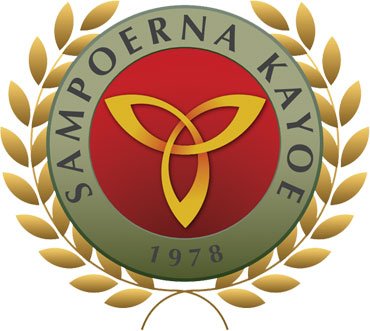June 23, 2025 | News Coverage
Understanding Engineered Wood: Which Type is Best For Your Project?
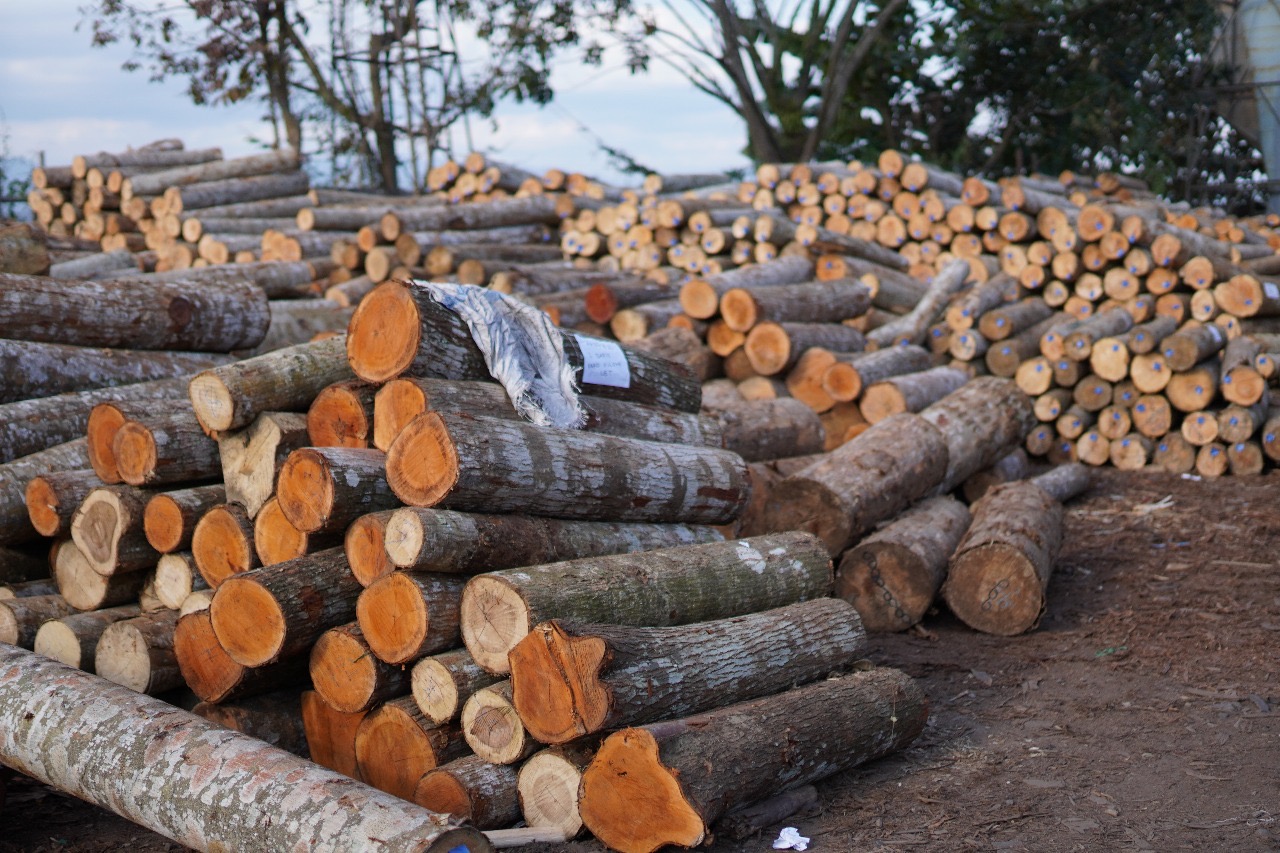
Have you ever felt confused about which material to use for DIY, furniture or home decoration projects? Make sure you choose wisely! The type of materials you use can affect the result, quality and budget of your project.
One smart and budget friendly solution commonly used by craftsmen, architects and contractors is engineered wood.
What is Engineered Wood?
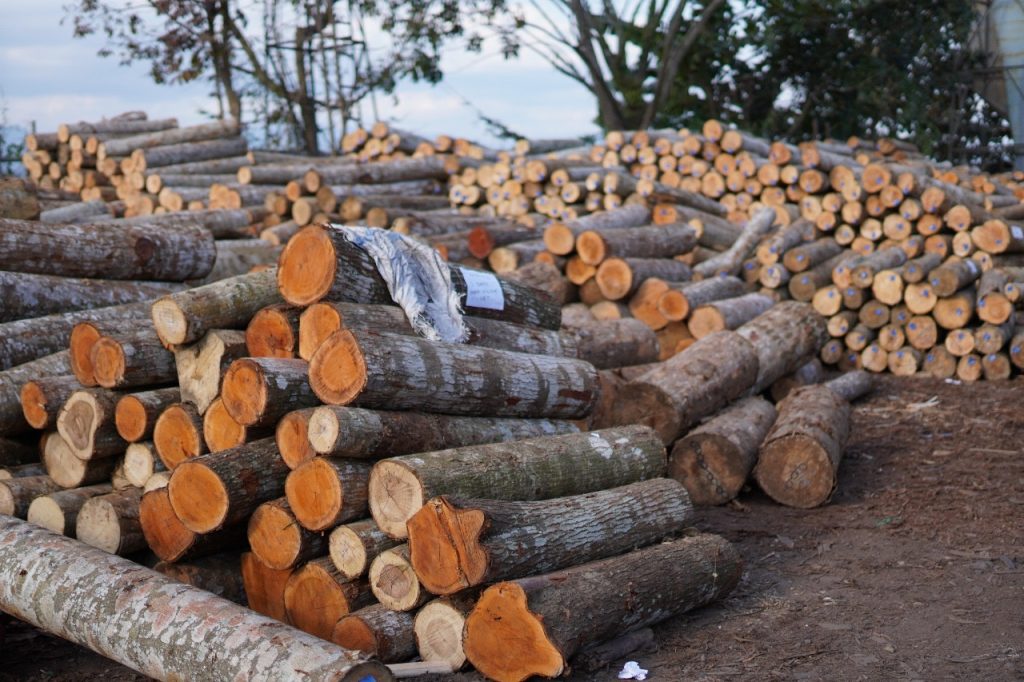
Engineering wood is a type of wood that has been processed from raw timber into a new form, making it more versatile. The purpose is to enhance the strengths and durability of the wood, and also to maximize the use of wood scraps making it more environmentally friendly.
These types of engineered wood have different characteristics and functions. Let’s get to know them better!
Plywood
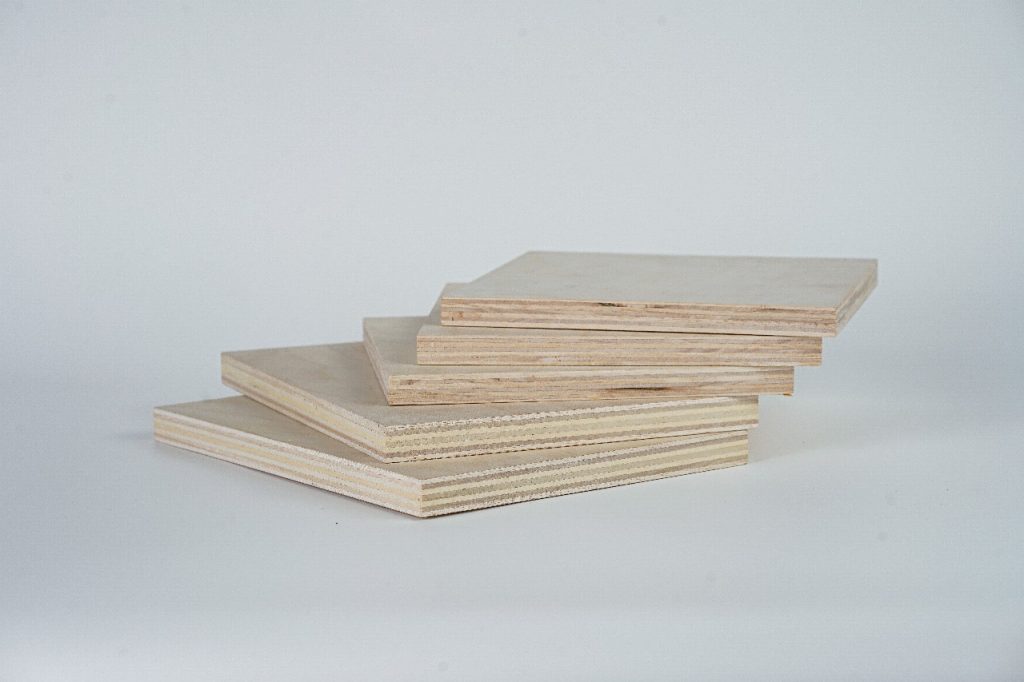
Plywood is a type of engineered wood made from thin layers of wood (called veneers) that are stacked and bonded with their grain directions crossing each other (cross grain), using a special adhesive.
Advantages:
- Strength and Stable Under Pressure or Load
Plywood, which is made by stacking thin layers of wood and bonding them in a cross-gain pattern, has evenly distributed strength. This structure will make it resistant to warping, cracking or breaking under pressure or load, whether in a vertical or a horizontal position. - Resistant to High Temperature and Humidity (especially with High Quality)
Plywood has great resistance to heat and humidity. When temperature rises, plywood can absorb the heat, helping maintain a stable temperature inside the room. In addition, plywood is also water-resistant, especially if you use high-quality plywood, such as those from Sampoerna Kayoe. - Strong Adhesion Quality
Plywood has natural wood pores that allow glue to stick firmly. When combined with veneer or HPL (High Pressure Laminated), it create a strong and longer-lasting bond, making the final result more durable and well attached - High Precision when Cut
Since plywood has a dense and tightly bonded layer structure, the cuts will be more precise and less prone to damage. - An Aesthetic Natural Appearance
Plywood preserves its natural wood grain motif, resulting in a more natural and elegant final appearance, perfect for interior styles such as rustic, minimalist or industrial themes.
Disadvantages:
- Competitive Price
Because of its higher quality, plywood is generally more expensive. - Difficult to Paint
Some types of plywood, especially those with sengon wood faces, are more challenging to paint. They often require thicker or multiple layers of paint to achieve a smooth and even finish.
Uses
With its durability advantages, plywood is often used in building construction, flooring and structural furniture. It is also well-suited for humid areas, such as kitchens, bathrooms, and exteriors. In addition, its precise cuts and the aesthetic appeal of the natural wood grain pattern make it ideal for various interior furniture and decorative needs.
MDF
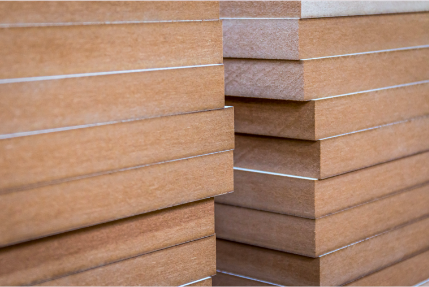
MDF is a type of engineered wood made from fine wood fibers with resin, then bonded and compressed using high temperature and high pressure machinery.
Advantages
- No Cavities or Knots Like Natural Wood, Smooth Surface
Since it’s made from fine wood particles rather than large pieces, MDF doesn’t have cavities or knots like natural wood, resulting in smoother and more uniform finish. - Easy to Cut and Shape
Unlike plywood, which have grain directions, MDF has no grain, making it easier to shape and cut into various designs or curves without the risk of easily cracking. - Can be Used as Plywood Coating
With its smooth and even surface, MDF can be used as an outer layer for plywood, especially for solid color finishing options.
Disadvantages
- Not Water or Humid Resistant
MDF is highly absorbent and can swell or become damaged when exposed to high humidity levels. - Prone to Breaking Under Heavy Load
Although dense, MDF doesn’t have a grain structure like plywood, making it more prone to warping or even breaking under heavy pressure. - Contain Karsinogen
The MDF manufacturing process uses chemical products that contain formaldehyde, which can have harmful long-term effects on health.
Uses
With its smooth surface, MDF is ideal for coating with duco paint or other decorative finishes. MDF is also commonly used as a plywood layer to achieve a smooth solid color finish. This makes it perfect for unique custom furniture or artistic designs. However, MDF should not be used in humid areas such as bathrooms, wet kitchens, or outdoor spaces, as it is vulnerable to humidity, which can damage its quality.
Particle Board
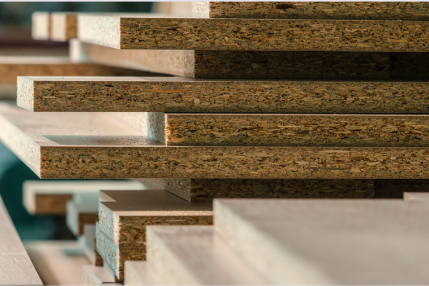
Particle Board or low density fiberboard (LDF) is a type of engineered wood made from leftover wood materials such as wood chips, sawdust, and shavings. These wood residues are mixed together and bonded using adhesive, then compressed with a high-pressure press machine.
Advantages
- Economic Price
Since it is made from leftover or residual wood materials, practical boards become affordable engineered wood types. - Lightweight and Easy to Process
its light structure makes it easy to carry and install.
Disadvantages
- Not Strong Enough, Especially for Heavy Loads or Impact
Compared to plywood or MDF, particle board are more fragile. When used to support heavy loads, the board may crack or break, and the screws can loosen more easily. - Not Water or Humid Resistant
Its structure easily absorbs water, so when exposed to humidity, the particle board can easily swell and become damaged.
Uses
With an affordable price, particle boards are suitable for budget friendly projects such as DIY furniture or flat pack items. However, it is not recommended to use for heavy loads or humid areas due to its fragility and lack of water resistance
Every type of engineered wood, whether plywood, MDF or particle board , has its own characteristics, strengths, and weaknesses. Plywood stands out for its strength and resistance to humidity, making it ideal for construction projects and furniture that require durability. MDF offers a smooth surface and is easy to shape, while particle boards are a budget friendly solution for simple projects.
So, before starting your dream feature project, make sure to choose the type of wood that best suits your needs, environment and budget. With the right choice, you can achieve better, longer-lasting results!
Need help choosing the right plywood for your project? Visit:
🌐 www.sampoernakayoe.co.id
